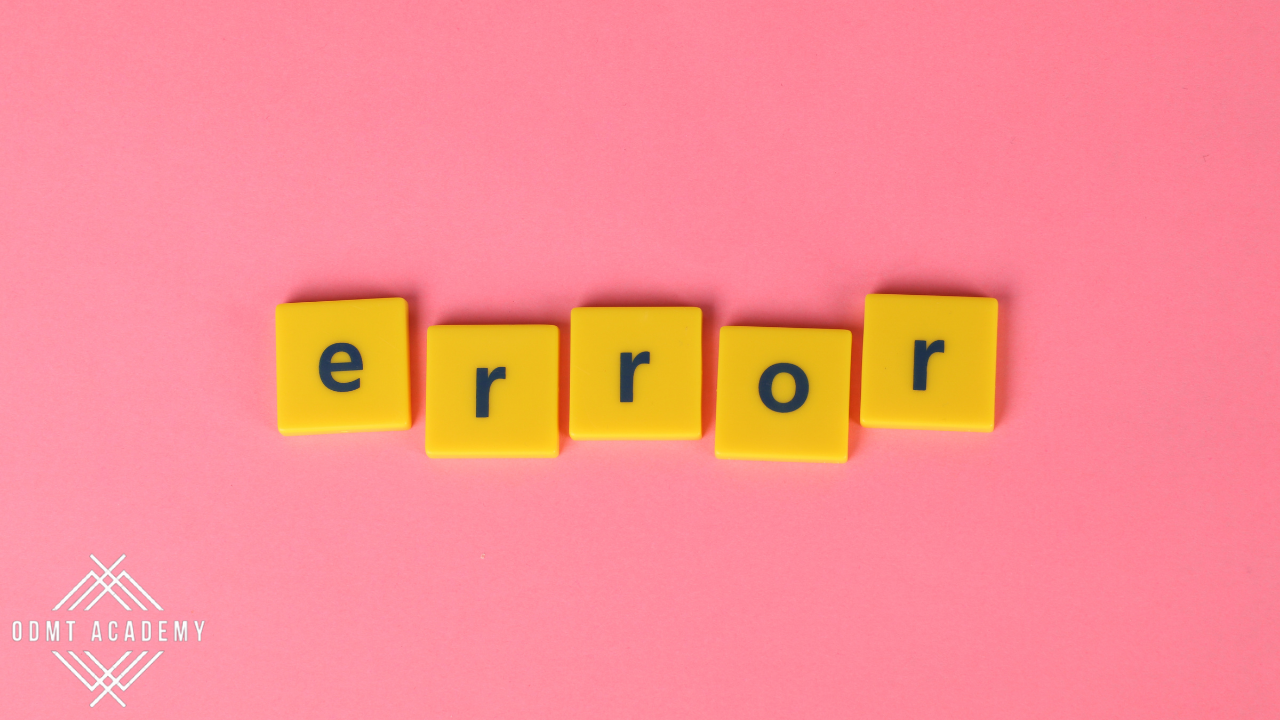This article will go over website error pages as well as the most frequent website errors. The list of top 10 most common website errors is as follows.
MOST COMMON WEBSITE ERRORS:
1) 400 BAD REQUEST:
When a client’s request is incorrect, corrupt, or the server cannot understand it, a 400 Bad Request error occurs. It’s important to note that this is a client-side issue. As a result, there isn’t much you can do.
2) 401 UNAUTHORIZED:
When a website visitor tries to access a restricted web page but isn’t authorised to do so, usually due to a failed login attempt, this error occurs.
3) 403 FORBIDDEN:
When a server refuses to finish a request because a user is not authorised to access it, this error occurs. A 403 error recognises that a user may be logged in with a valid user ID and password, but does not have authorisation to visit the specified page, as opposed to a 401 error. Typically, this signifies that the user’s user account access has to be modified by the website administrator.
4) 404 NOT FOUND:
This one is likely to be familiar to most people. When you try to access a resource on a web server that doesn’t exist (typically a web page), you’ll get a 404 error. A broken link, a mistyped URL, or the webmaster moving the requested page somewhere else could all be reasons for this to happen (or deleted it). Some websites create unique pages to counteract the negative effects of broken links.
5) 408 REQUEST TIMEOUT:
When a user cancels a request before the server has finished retrieving data, a 408 error occurs. When a user closes the browser, clicks on a link too quickly, or hits the stop button, this error will occur. This error is especially typical when a server is performing slowly or when a file is too large.
6) 500 INTERNAL SERVER ERROR:
This is the most common error seen by web users. It’s a general-purpose error that can happen if a web server has an internal problem. The most common cause of Error 500 is when a web server is overloaded.
7) 501 NOT IMPLEMENTED:
The 501 server error indicates that the requested feature is not supported by the browser. A 501 response can be cached. When something is cached, it is saved to be retrieved later rather than making a new request to the server.
8) 502 SERVICE TEMPORARILY OVERLOADED:
The 502 server error indicates that the server operated as a gateway and received an erroneous response from an incoming server while attempting to complete the request. The gateway might refer to a variety of networking issues, and this problem is frequently difficult to resolve because it necessitates a change to the web server or the proxies you’re using.
9) 503 SERVICE UNAVAILABLE:
When someone floods your server with traffic, legitimate visitors are unable to browse. It essentially slows down your server software, and it’s a frequent trick used by con artists to extort money from unsuspecting website owners. Get your website connected to a professional DDOS blocking provider to tackle the problem.
10) 504 GATEWAY TIMEOUT:
A gateway timeout occurs when one server does not receive a timely response from another server while attempting to load the page, resulting in a 504 error. Most of the time, this is not a website’s fault, but there are a few things you can do to fix the problem.
WRAPPING UP:
Fixing website issues, whether you’re a novice or an experienced one, can be difficult. You’ll be kept on your toes by new technical challenges, and you could find it tough to deal with them. However, if you understand how to resolve website problems that may affect your website’s SEO, you can rest assured that the SEO side of things is taken care of. As a result, deal with these mistakes gently and effectively.
